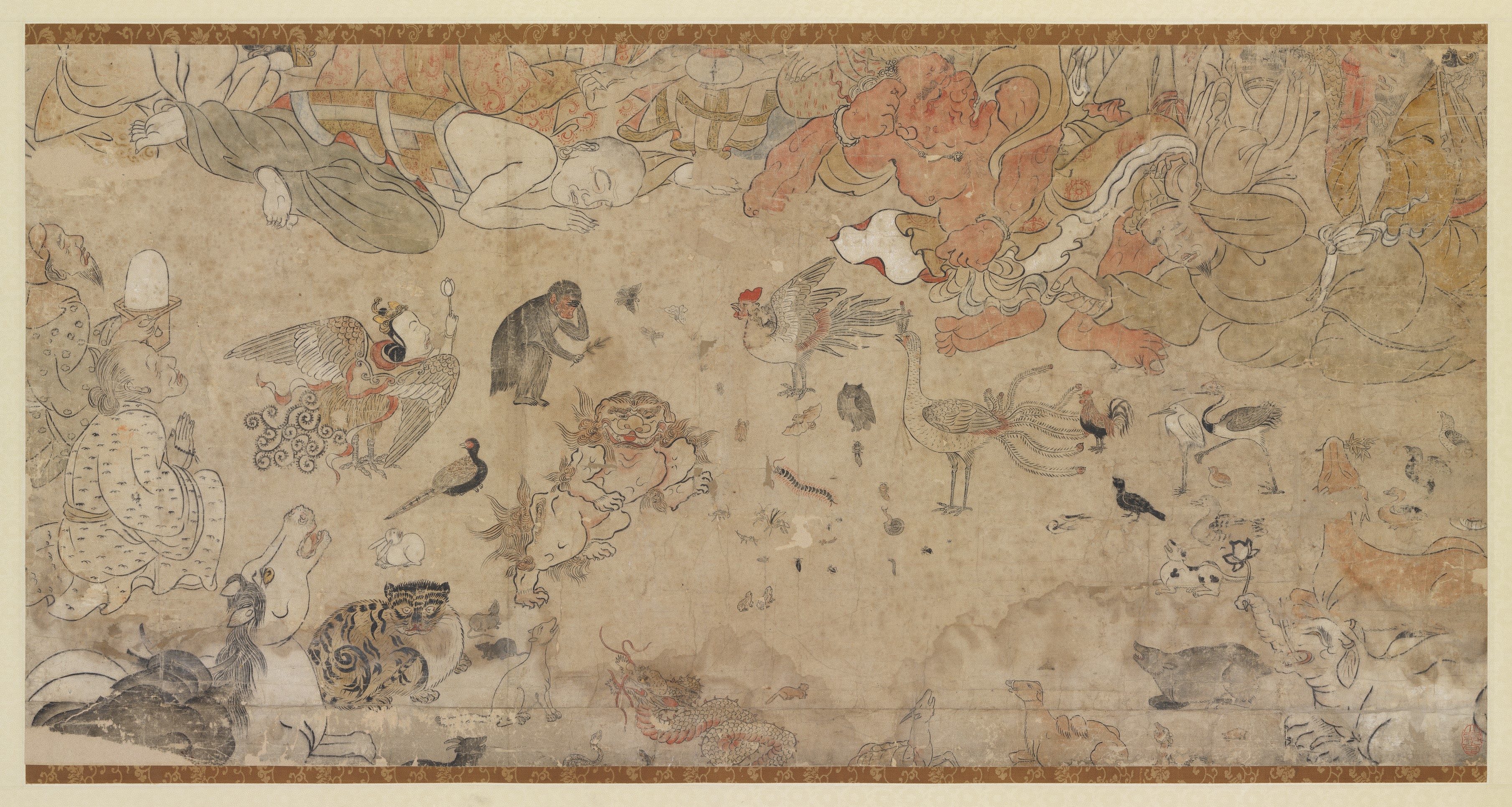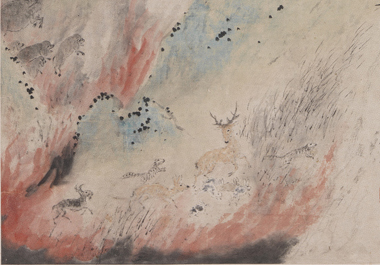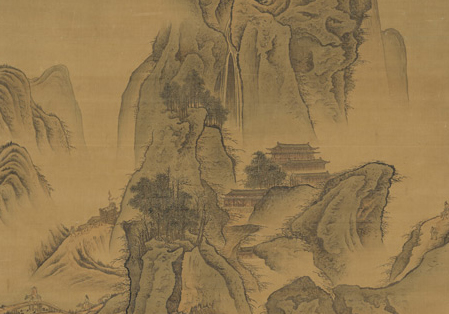The National Palace Museum, since opening in 1965 at its new home in Taipei, has made considerable effort to expand the collection. Not only has the Museum over the years planned an acquisition budget used to make purchases of cultural artifacts to complement the holdings, it has also established a means by which to accept donations and entrustments. All those with cultural artifacts that meet the collection needs of the Museum are encouraged to donate or entrust them so that private treasures can come into public view to be shared in appreciation by society as a whole.
The gallery here is devoted to a selection of some of the finest works donated and entrusted in the past to the National Palace Museum. Allowing people to know more about and study these exceptional additions to the collection, it gives the general public an opportunity to truly appreciate cultural heritage. This selection of works include moving depictions of animals fleeing in danger and distress, an early Qing impression of scenery at Mt. Lu, derivations of the Guo Xi landscape style in popular painting, and a landscape fan painting by a woman artist of the early Republican period. The National Palace Museum hereby expresses its appreciation to the people and organizations who have unselfishly donated and entrusted their precious works for the public good and, with this exhibition, encourages others to continue doing so and make it a museum truly of and for the people.




